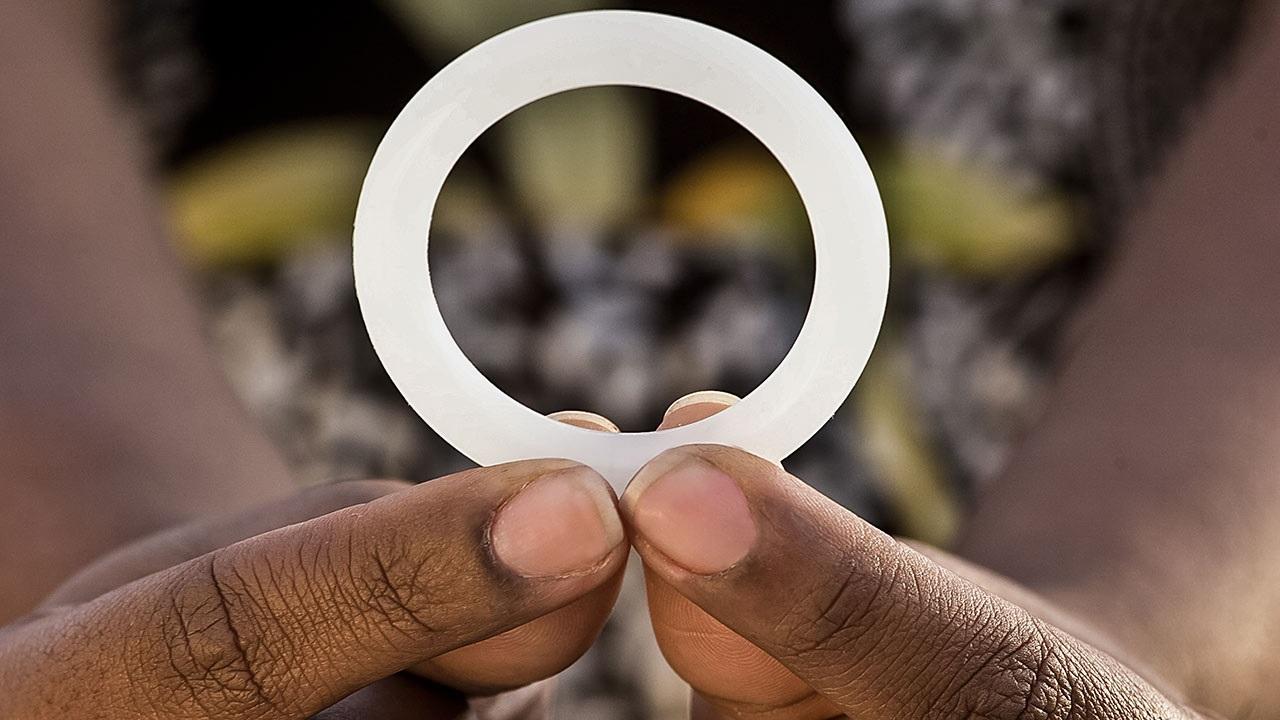Scientists around the world can now afford some breathing space since they seem to be making headway in what has proven a hard nut to crack over the years. After several failed attempts of finding a remedy to the long standing canker of HIV, recent research has discovered a vaginal ring impregnated with the antiretroviral drug dapivirine.
The ring, which is synonymous to other contraceptive devices, is fashioned in a way that can be worn inside the vagina for a month at a time. The ring is designed such that women would not be needing assistance with inserting and removing it.
The vaginal ring containing dapivirine is said to have reduced infections by about 30% which is the equivalent of 65% general decline in the rate of infections, the 21st International AIDS Conference (AIDS 2016) in Durban, South Africa heard in July. Some additional analyses suggested a higher level of effectiveness.
In a placebo-controlled trials involving a total of 4500 women in four countries in sub-Saharan Africa. Two large trials of the vaginal rings containing dapirivine was tested among 18- to 45-year-olds in South Africa, Malawi, Uganda, and Zimbabwe. The ASPIRE trial found 27% efficacy overall, while the second trial—called The Ring Study—found a 31% efficacy.
The details of this study showed a higher level of effectiveness for the older study participants, who may have had higher levels of adherence than the younger participants. Stratified by age, the vaginal ring had zero effectiveness for women aged 18-21; reduced infections by 56% in women aged over 22-26; and reduced infections by 51% in women aged 27 and over. With a 0% safety concern rate recorded in either study.
Preliminary evidence suggests the ring offered less protection in younger women because many did not wear it for the entire 28 days between each study visit. Levels of dapivirine, which go down each day that the rings are used, were higher in some used rings than others. Greater protection occurred when there was less dapivirine left.
The University of Washington presented a new analysis which attempted to correlate effectiveness with different levels of adherence. Whereas previous analyses have evaluated adherence by measuring levels of dapivirine in the blood, this could reflect the ring only being inserted the day before a clinic visit. The new analysis looked at the level of drug left behind in rings that were returned to the researchers after use, giving a better indication of adherence throughout the month.
Before use, the rings contain 25mg of dapivirine. As a ring that has been worn for a full month should have 20-21mg of drug remaining, any level below 22mg was treated as indicating medium to high adherence. A ring with 23.5mg or more of drug indicated non-adherence.
Periods of time with non-adherence represented 33% of follow-up while periods of time with medium to high adherence represented 42% of follow-up. Rings used this much reduced HIV infections by 65%, compared to placebo.
Researchers hope to test higher levels of the drug or more potent antiretrovirals in vaginal rings In the future. It is presumed that many women may warm up to the product if it combined with anti-HIV drugs with contraceptive hormones, which are already sold worldwide in vaginal rings.
Whatever the outcome of subsequent studies, IPM plans to apply for regulatory approval in about 1 year. The ring is anticipated to sell at about $5each upon introduction to the market.
Floods us with comments on your thoughts about this new anti-HIV method



